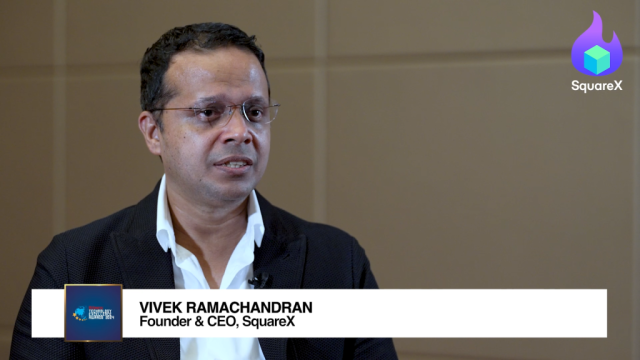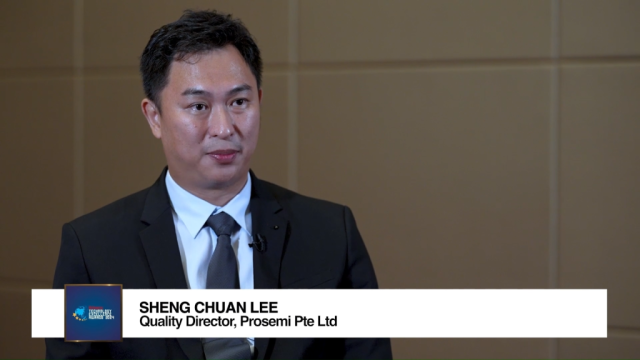
China’s exports hit a four-month high at 24.5% in August
The country’s imports growth also surged to a seven-month high at 30.2% y-o-y in August.
According to HSBC, electronic and machinery products accounted for 57% of the total exports from January to August.
Here’s more from HSBC:
| Both exports and imports came in above expectations with the latter seeing a sharper rebound thanks to strong commodities imports. All these, plus still robust August growth data, confirm that Chinese economy is on track for a soft landing. This should make the PBoC comfortable to keep rates stable in the coming months. Facts: By destination, faster shipment growth was broad-based but non-G3 markets provided a stronger driver - exports to non-G3 up 28.7% y-o-y in Aug from 22.5% in July. Export growth to developed market picked to 19.5% y-o-y in August from 17.8% in July, thanks to modest improvement from US (up 12.5% y-o-y in Aug from 9.5% in Jul) and Japan (up 29.8% y-o-y in Aug from 27.3% in Jul). Growth of shipment to EU was almost flat at 22.3%. By product, exports of electronic and machinery products, which accounts for 57% of total export for Jan-Aug period, rose 19.3% y-o-y in Aug, up from 15.8% y-o-y in July, the highest pace in four months. For the major labor-intensive products, textiles exports accelerated to 25.2% y-o-y in Aug from 21% y-o-y in July, clothing exports was almost flat at 26.7% in Aug compared with 27.1% y-o-y in July. China's imports growth surged to a seven-month high at 30.2% y-o-y in August, much higher than consensus forecast of 21% and 22.9% in July. This took the imports value to the highest level in history. In seasonally adjusted terms, imports growth was flat on a m-o-m basis. The acceleration of ordinary trade imports (up 40.1% y-o-yin Aug from 29.8% y-o-y in Jul) was driving the sharp rebound of imports growth, while processing imports just rose by 15.1% y-o-y in Aug (vs. 10.4% in Jul). Since prices for key commodities remained stable or softened, the record-high imports value was supported by significant sequential volume growth: iron ore up 8.3% m-o-m in Aug (vs. 6.8% in Jul), crude oil up 8.3% m-o-m in Aug (vs. -1.4% in July), unwrought copper up 11% m-o-m in Aug (vs. 9.5% in Jul), steel products up 8.9% m-o-m in Aug (vs. 3.3% in Jul). Notably, August car imports rose 8% m-o-m (or 37.9% y-o-y) in volume terms, the highest pace since March Japanese earth quake. As a result, China's trade surplus fell to USD17.7bn in Aug from USD31.5bn in July, smaller than market expectations for USD24.6bn. Trade balance with the US remained almost the same as previous month at USD20bn. Implications Second, imports numbers confirm the strength of domestic demand, both investment and consumption. The surge in August imports growth is not a total surprise given the improvement of import components of official manufacturing PMI. Going forward, China's exports will likely soften in the coming months thanks to the likely slackness with developed markets. But this is just a global depression not a recession, so a total collapse of exports is unlikely. We still expect China's exports growth to moderate in the teens for the rest of this year from its current above-20% y-o-y levels. Importantly, the contribution of net exports to GDP is less significant in the post-crisis era as Chinese economy has become increasingly dependent on domestic demand, which should be resilient enough to avoid a hard landing and support around 9% growth for this year. Bottom line: The upside surprise in trade data confirmed the strength of domestic demand. We expect stable monetary policy in the coming months. |
























 Advertise
Advertise









